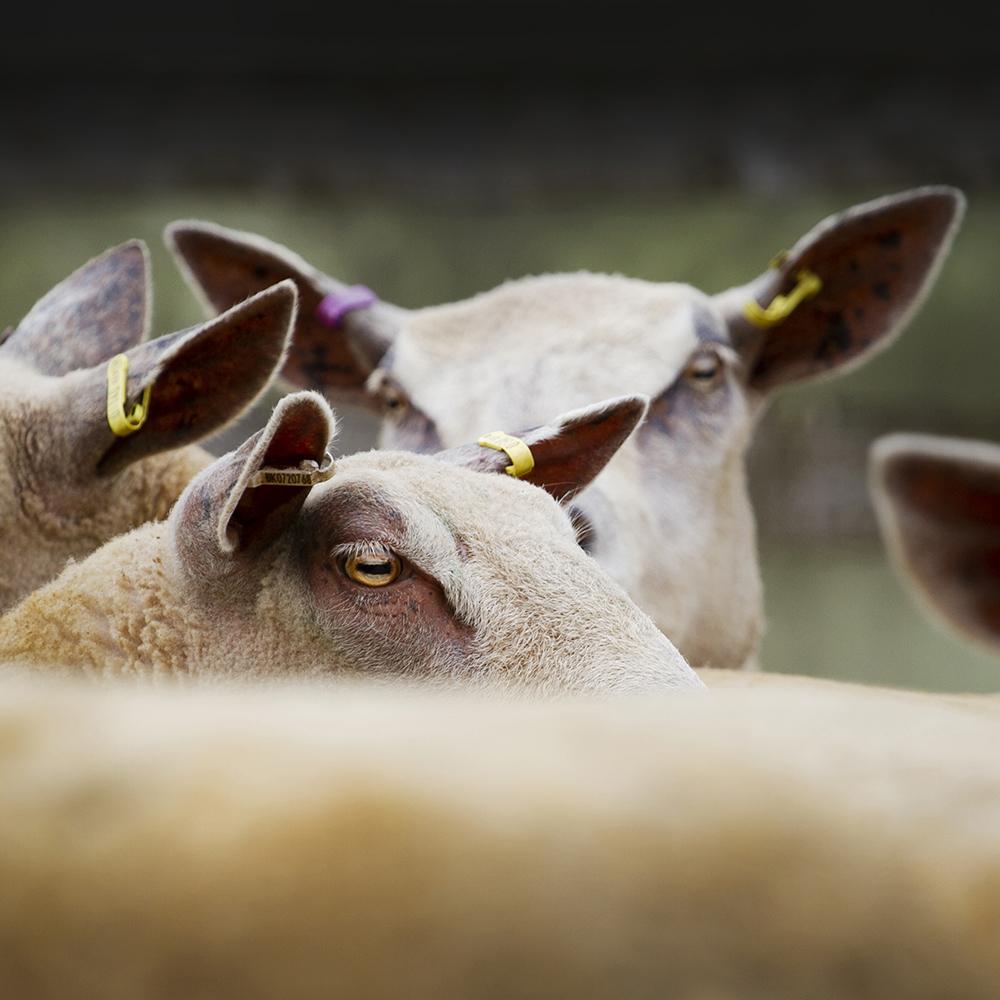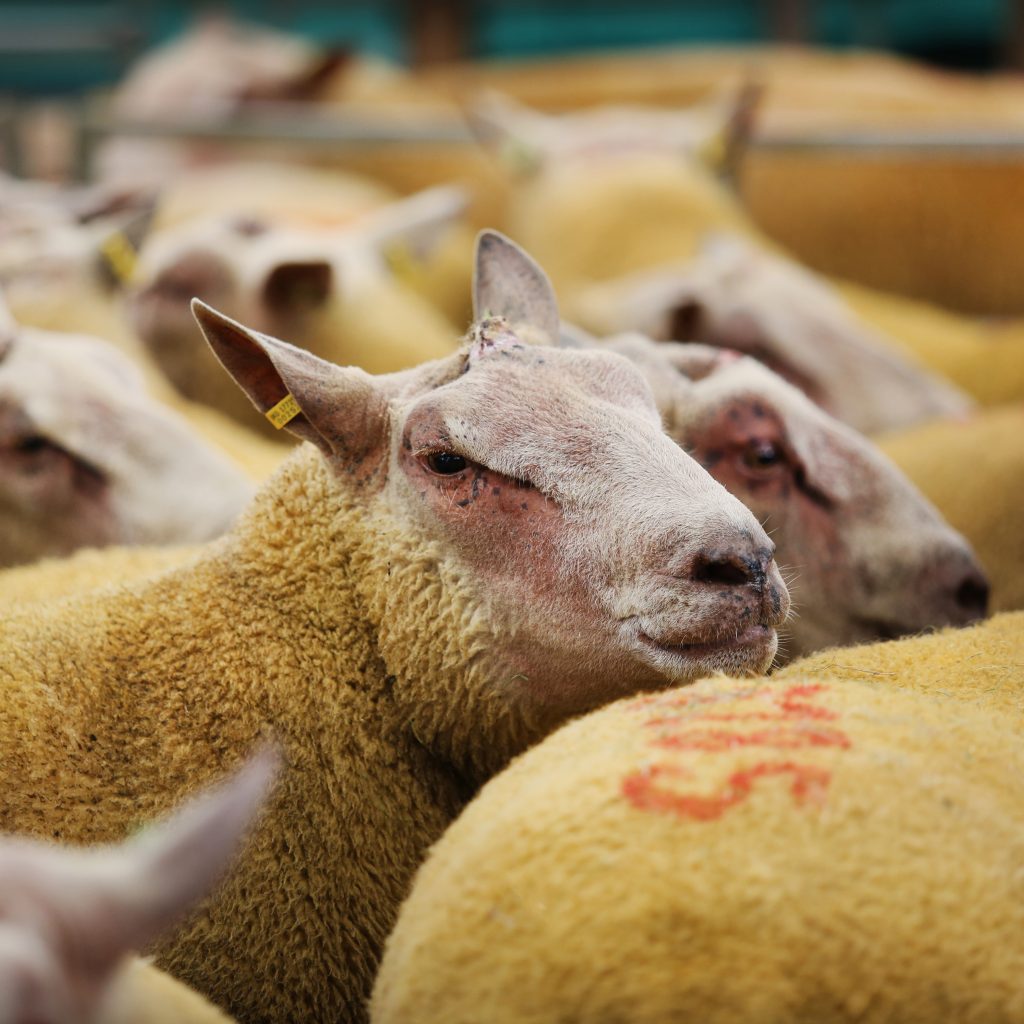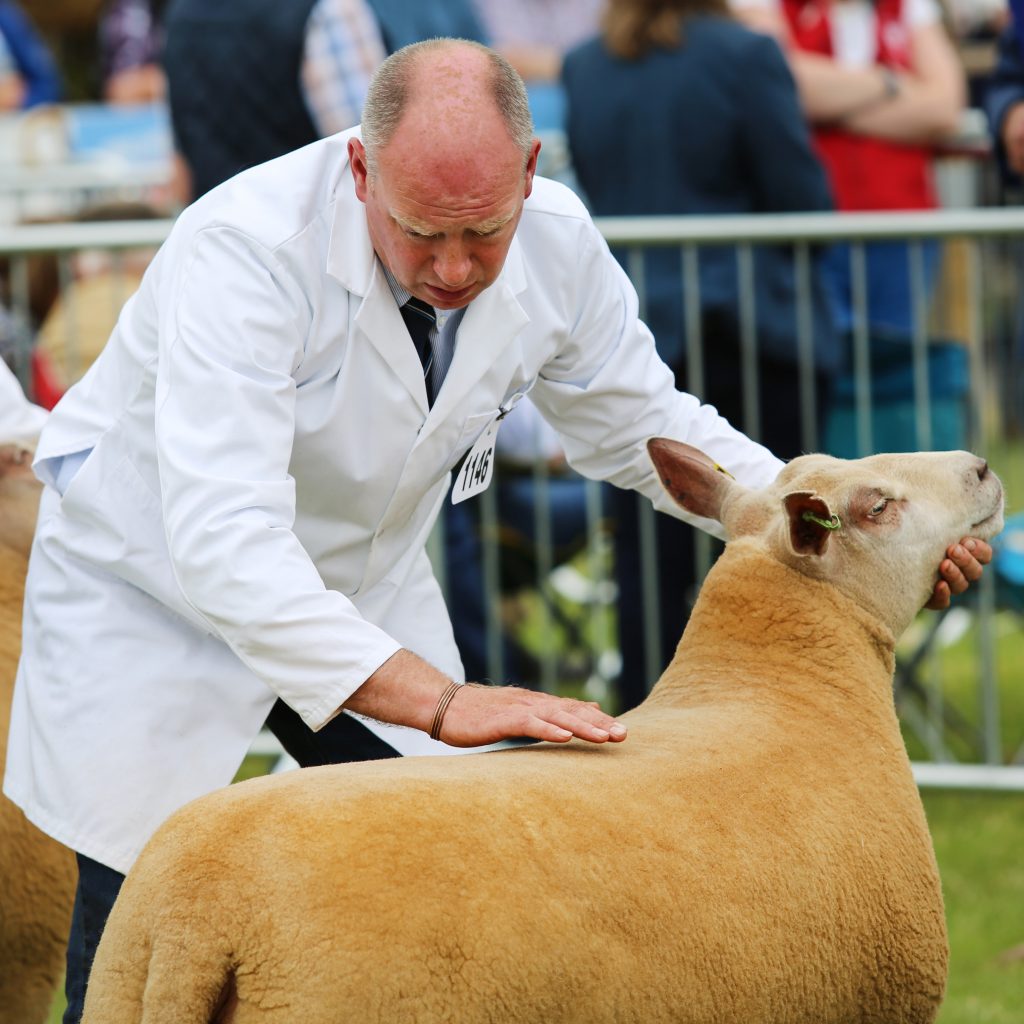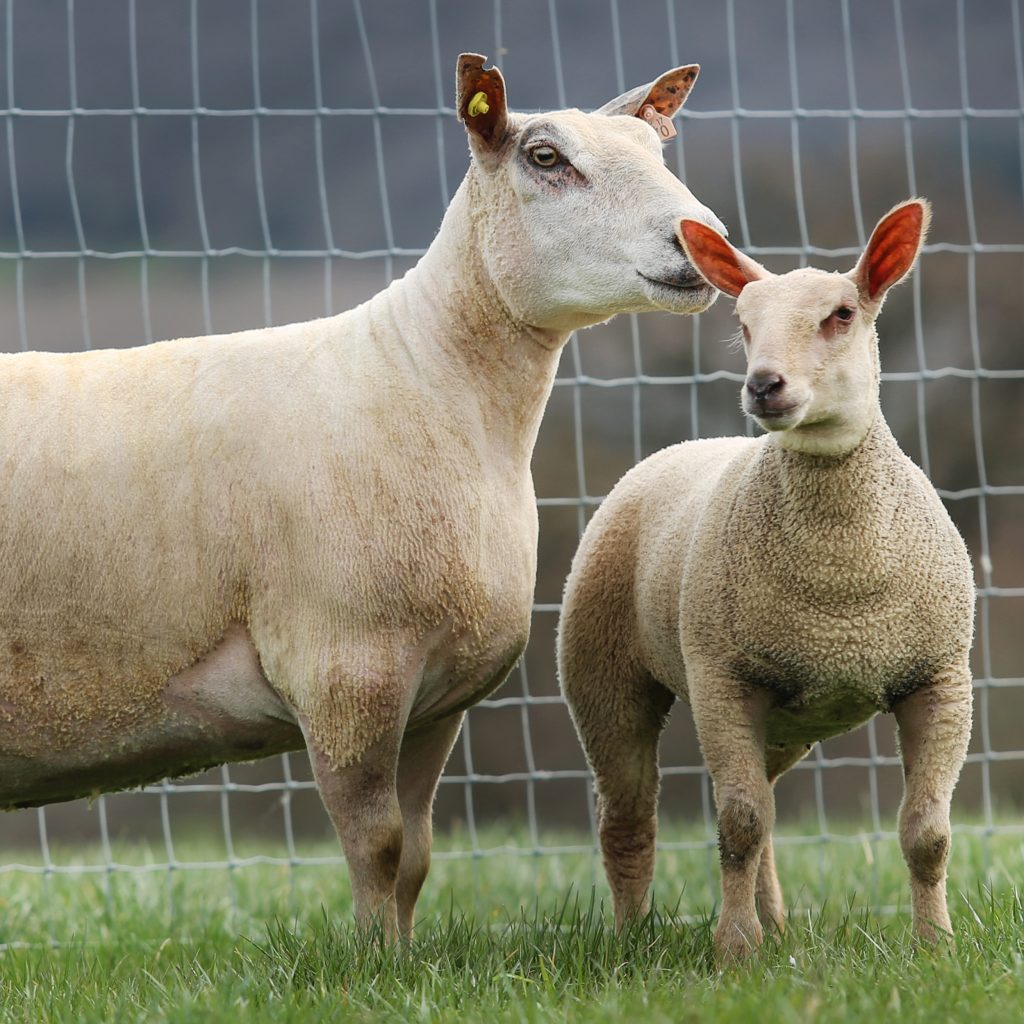Running a mixed breeds indoor and outdoor lambing system means Andrew Potter is looking for a terminal sire that fits the bill across both systems and produces a lamb of the desired specification for the deadweight market.
Andrew, who farms at Stanford Bishop, Herefordshire, alongside his father Martin and uncle Richard, says Charollais tups have suited his lamb production needs for a number of years, due to their excellent lamb vigour and growth rates.
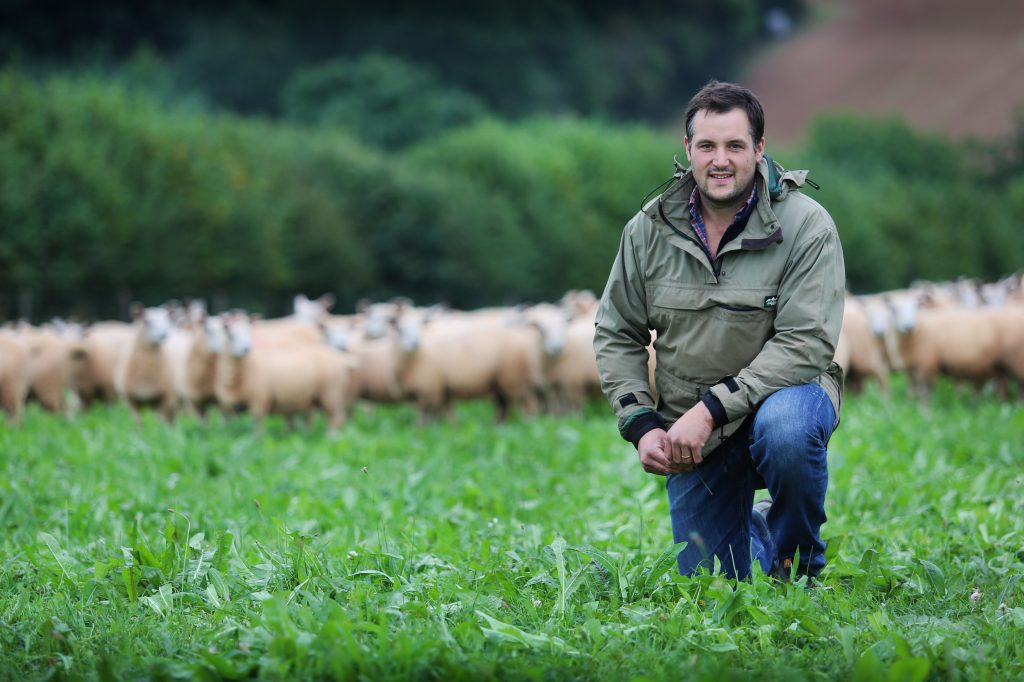
“We run an indoor lambing flock of 300 ewes which are mainly a mix of Texel and Suffolk crosses, while the outdoor lambing flock consists largely of 400 Aber Lleyn, Aber Romney and Aber Highlander ewes,” explains Andrew.
“We’ve predominantly run an indoor lambing flock for some years, but that comes with issues of being more of a labour intensive system, so when the opportunity arose to take on additional ground we decided to move to an outdoor flock as well and compare the two systems.”
Now having chosen a low input, smaller, hardy ewe, the focus is clearly on cost of production and efficiency. “Once this first crop of outdoor lambed progeny has been sold, we may look at reducing the indoor lambing flock and push harder on the outdoor lambers”, adds Andrew.
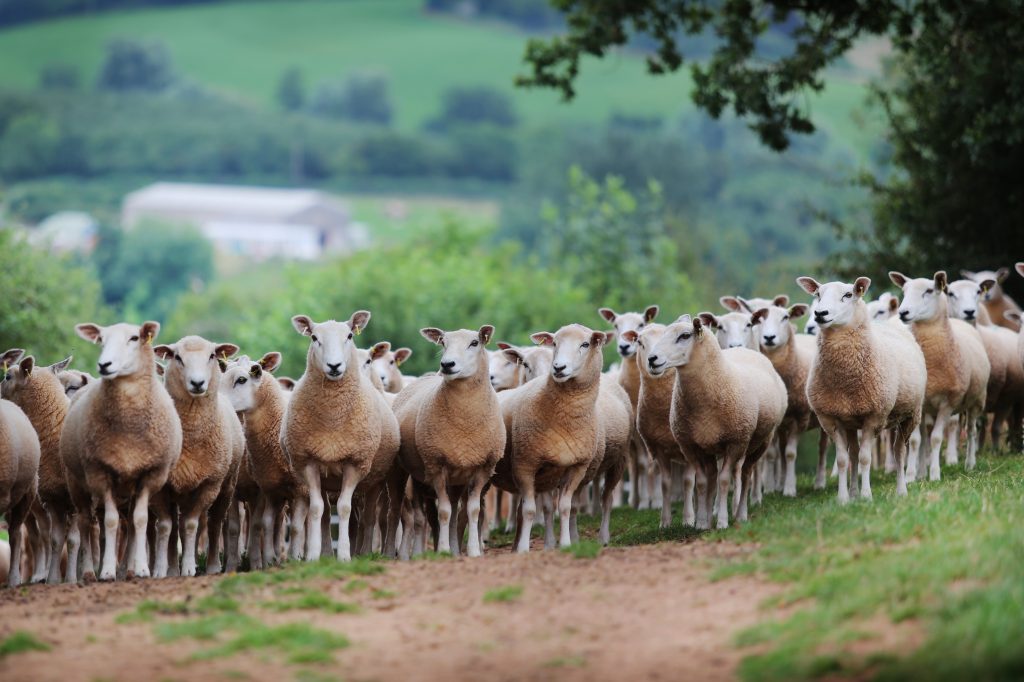
“We buy Charollais tups to use across both flocks and tend to purchase the darker headed rams for the indoor flock and the lighter headed tups for the outdoor lambers as they tend to have a little more bone and frame to them to better compliment the lighter ewes and, therefore, improve the lamb quality.
“We’ve also purchased two Signet recorded rams this year which we plan to raddle so we can compare ram efficiency and lamb growth rates and carcass quality,” adds Andrew. “I’m always impressed with the Charollais tups they stay good on their legs, they don’t carry too much bone and they produce sharp lambs which always hit the required spec.”
Andrew and his family are looking to produce a lamb for Dunbia hitting 20.5-21kg deadweight, while grading R and U grades. “Running both the flocks means we have a steady supply of lambs with the singles away by May and all lambs off the farm by November, with some of the grass finished lambs sold as boxed lambs.”
Lambs from the indoor flock are creep fed a mixture of oats, barley, protein and molasses, while the outdoor produced lambs graze a herbal lay consisting of chicory, plantain, clover and grass from weaning until finishing.
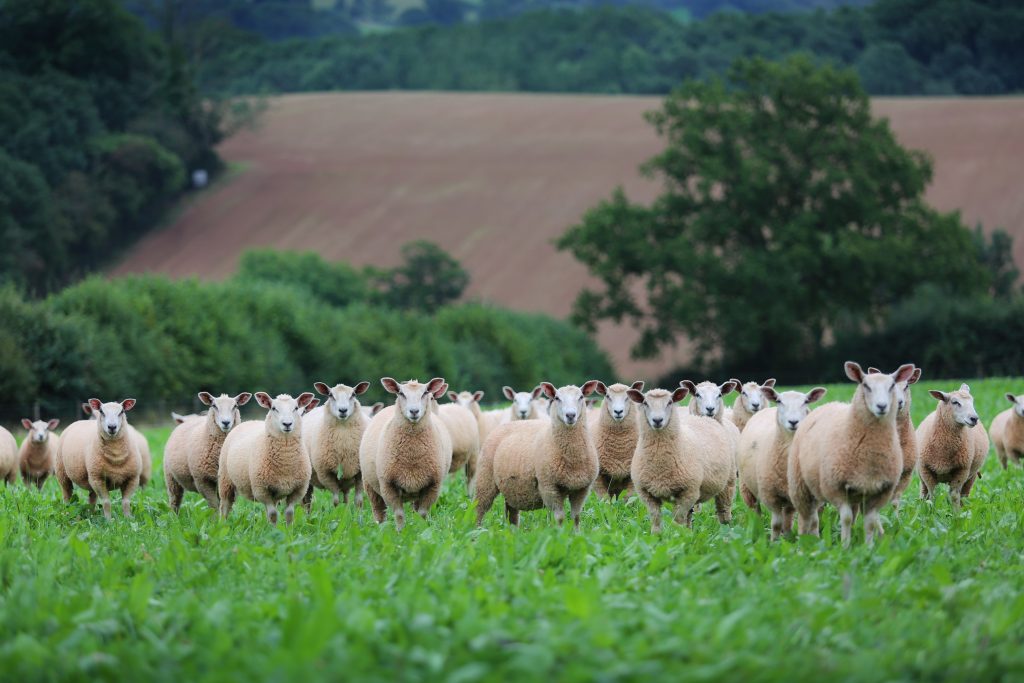
“That in itself has been a learning curve as lambs started by grazing everything except the chicory, so we topped it which encouraged fresh growth with better intakes.”
“Now with both systems in place we plan to benchmark the two flocks and do a full cost analysis to compare the efficiency of both systems,” explains Andrew.
“Already we can see there is a lot to be gained from outdoor lambing, we haven’t touched feet on the ewes, over the 400 ewes we pulled less than 20 lambs and we haven’t wormed the outside flock either, focussing more on faecal egg counting. Ewes in both flocks are given a bolus pre lambing, are vaccinated for Enzo and given Heptivac and the outside lambers are outwintered on stubble turnips.
“Tup maintenance is relatively hassle free as well as we just tick them over with a little concentrate to get the right condition on them ahead of lambing and make sure feet and legs are sound prior to tupping. We find the Charollais to be incredibly fertile running 60-70 ewes to each tup with 75% success rate in the first cycle after using a teaser.”
Andrew retuned back to the family farm almost two years ago having worked in Australia and New Zealand and now lives on the farm with his wife Flora and two children Hector who is two years of age and Cecily who is just seven months old.
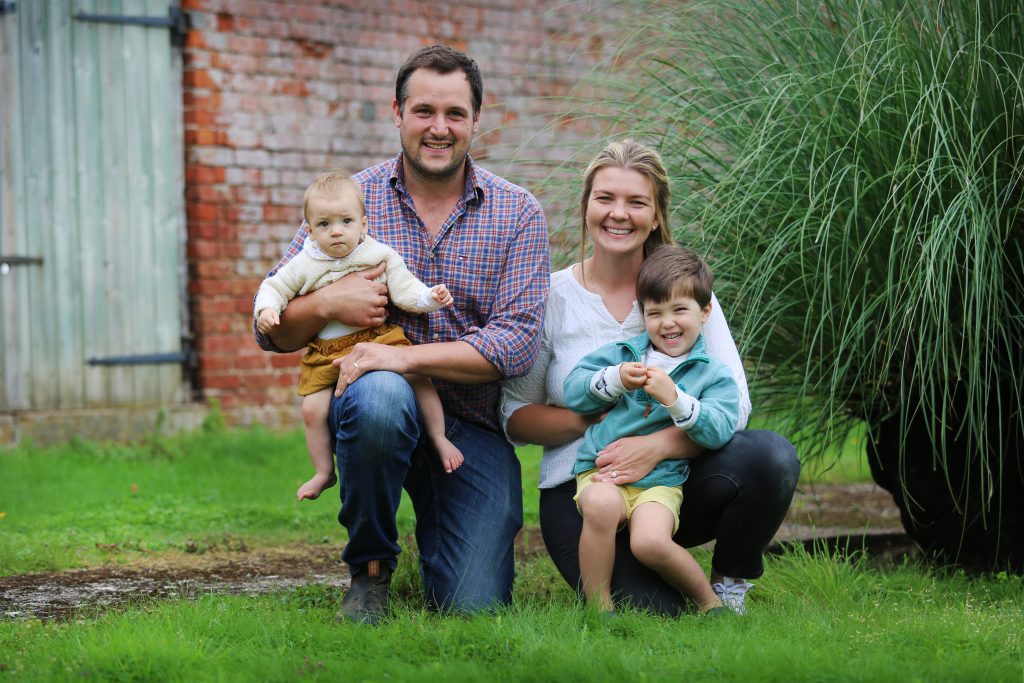
Alongside the sheep business, the family buy store cattle to supply beef to butchers in Bromyard and have this year started a Pick Your Own sunflower business. “The majority of farming businesses are seeing a need to diversify so it was important for us to look at different ways to best utilise the farm to add value,” explains Andrew.

